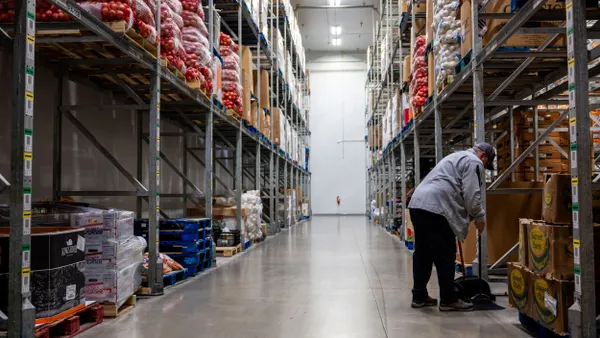As employers refine their return-to-office policies, they’re reporting a mix of positive and negative results related to employee morale, recruitment and retention, according to a recent report by Pearl Meyer.
In a survey of 300 HR professionals and other leaders, 37% said RTO improved employee morale and culture, while 42% reported a negative impact on morale and culture.
“Post-pandemic, workforce dynamics continue to impact an organization’s strategic direction and ability to execute,” the report said.
Although RTO policies may “appear to be well defined, the impact of these policies on the workforce is mixed,” the report said. “Continued communication, education, and training for managers and employees will be important for the overall morale of the organization and effectiveness of the policies themselves.”
Overall, 65% of leaders said they don’t allow employees to choose the number of days per week they spend in a physical location versus remote work. About 60% said they require most — if not all — employees to be in the office at least two days per week. However, half said they don’t require employees to be in the office five days per week.
Leaders reported mixed insights about RTO and the links to retention and recruitment as well. With retention, 39% said they were unsure, 31% said no impact, 17% said negative impact and 12% said positive impact.
With recruitment, 30% said RTO had no impact, while 28% were unsure, 25% said negative impact and 18% said positive impact. About two-thirds reported no impact on executive recruitment.
More companies are pushing for in-person work in 2025, with J.P. Morgan Chase & Co. becoming the latest to announce a five-day-per-week RTO policy. Other major companies, including Goldman Sachs, have made similar announcements, which may suggest an increasing RTO trend for financial services companies.
At the same time, RTO mandates could lead to “brain drain” attrition, according to University of Pittsburgh researchers. S&P 500 companies that implemented RTO policies had “abnormally high” employee turnover and longer time-to-hire when filling vacancies, the researchers found, and the increase in turnover rates was more pronounced among women, senior employees and highly skilled workers.











